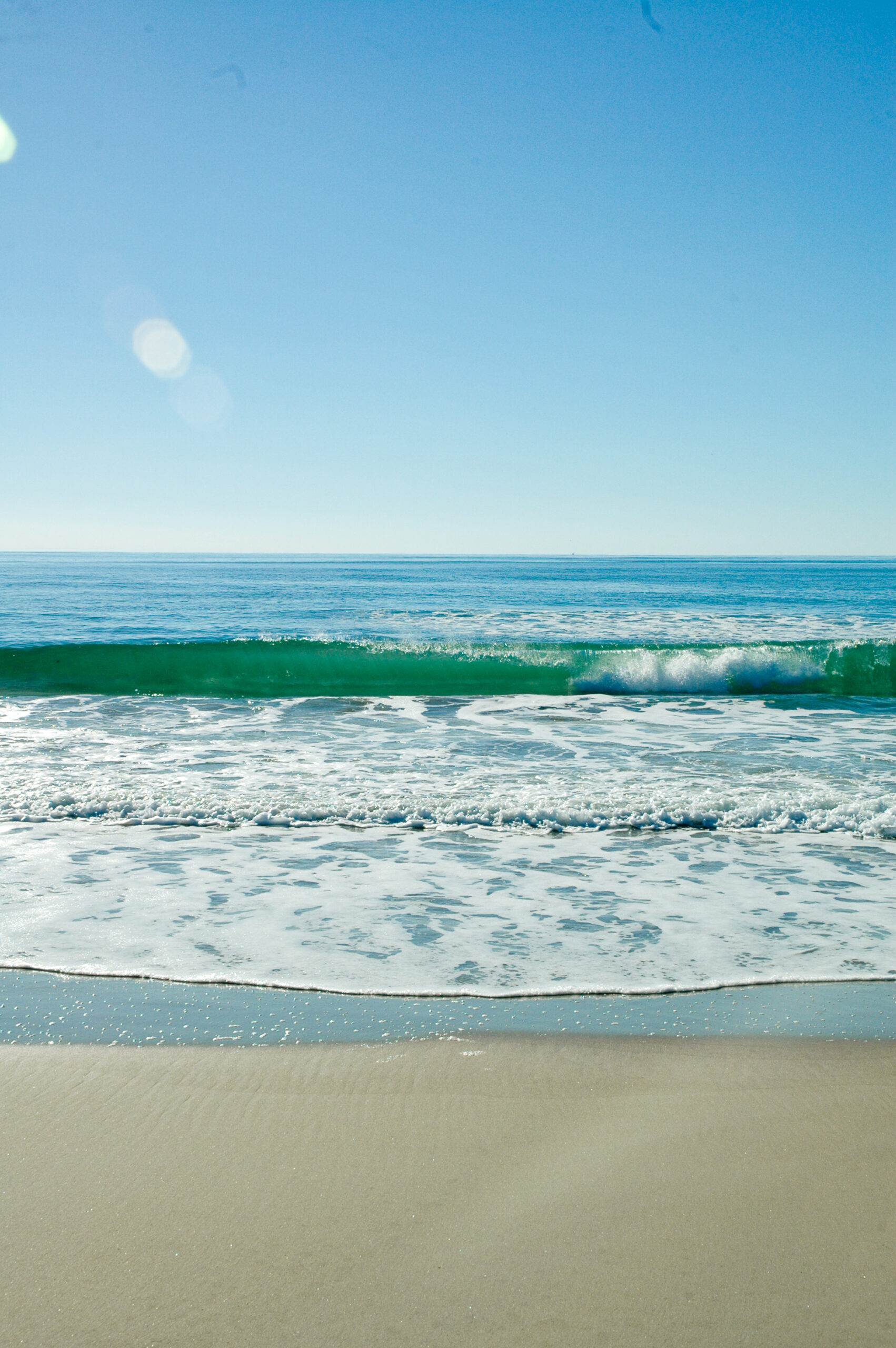10/22/2019
It’s no secret that living on a barrier island, you are a little more exposed to the elements than you would be hundreds of miles inland of the coast. With that unique nature comes some resilience and flexibility, as well as some knowledge that is seemingly basic, but also imperative to navigating one’s surroundings. If you have ever vacationed on Hatteras Island during a time surrounding a weather event, chances are you know this to be true.
During heavy storms or a good blow, water can puddle in the low areas of the island. Sometimes this is fresh rain water, but sometimes it is salt. While that difference may seem very minor in the scheme of things, it can make all of the difference on how you’ll want to operate your vehicle.
If you live in an area that is prone to heavy snow, you’re likely familiar with how corrosive salt can be to the undercarriage of your vehicle. The same goes for salt water. Many folks have the misconception that if they go fast through the standing water, it will clean the sand from underneath, when indeed, it is just getting the salt firmly up under it. While the results of such actions may not become visible immediately, over time the damage can be wearing to the various workings of one’s vehicle from the brakes to the electronics and even the frame itself. And if the water is too deep, you also risk flooding your car out completely.
While it may not be ideal, choosing to avoid standing water is your best bet. If that’s not feasible, then please adhere to the proper driving etiquette.
DRIVING ETIQUETTE AROUND WEATHER EVENTS:
1. Drive very slow through all standing water to reduce splashing.
2. If a situation arises where the roadway appears to be more shallow in the middle, wait for your turn to go through the water one at a time rather than utilizing both lanes. If an oncoming driver is in the middle, don’t play chicken with them. Allow them the opportunity to get through the water before driving through yourself.
3. Never splash other cars. On a two lane highway lined with sand on either side, there is nowhere for an oncoming car to go if you decide to plow through water. This type of carelessness is the number one way to upset another driver and potentially receive a driving infraction.
4. Utilize patience. No one likes driving through situations such as this.
5. Turn around, don’t drown…your car. If the water is too deep, take the safe road and turn around.






